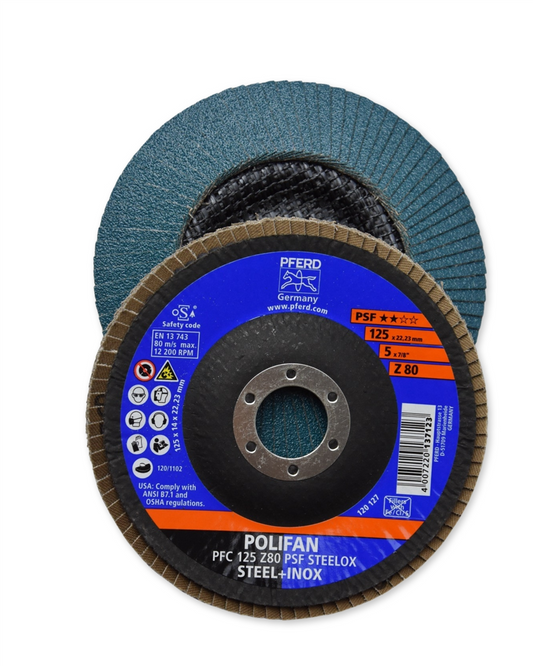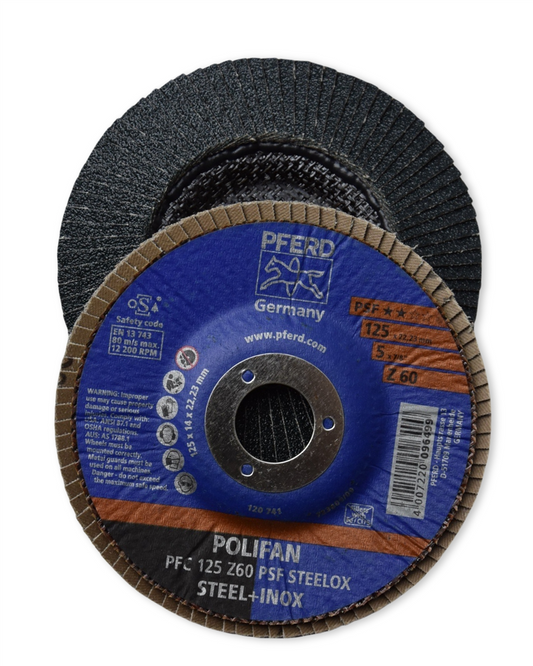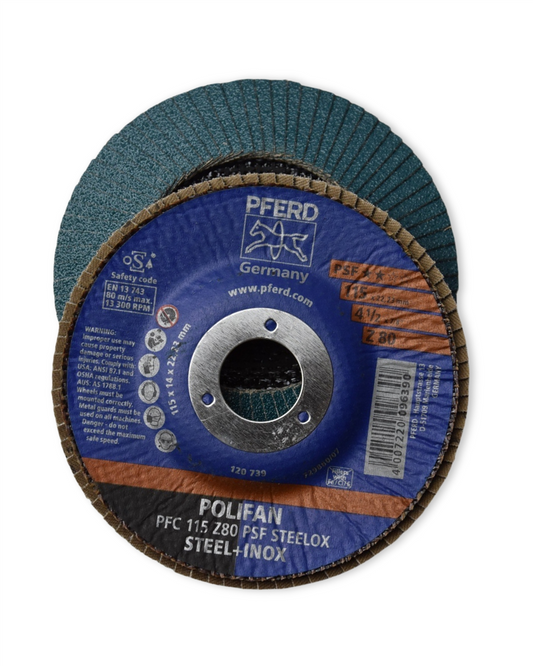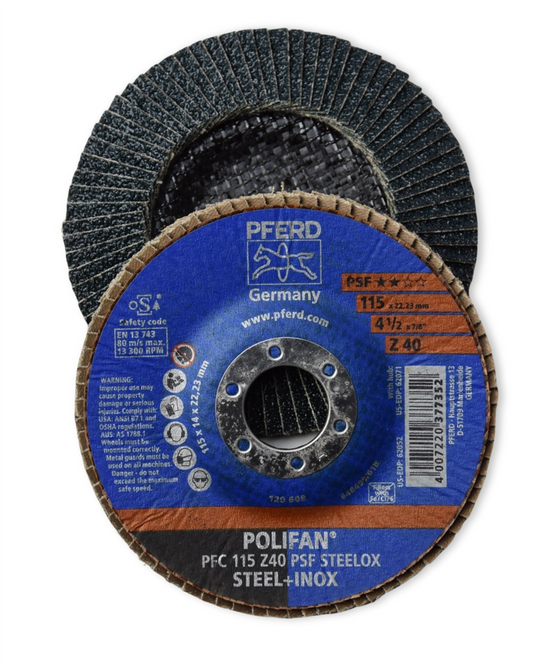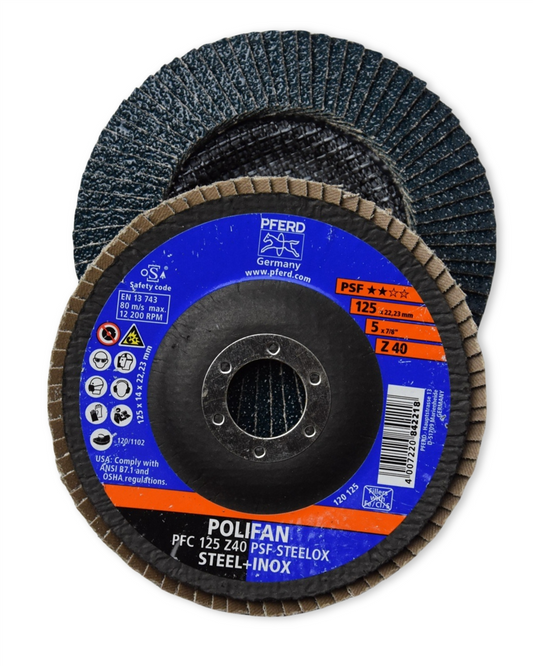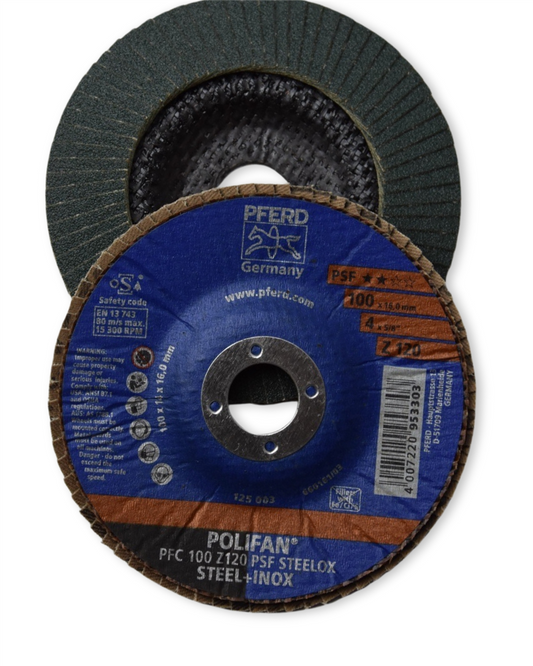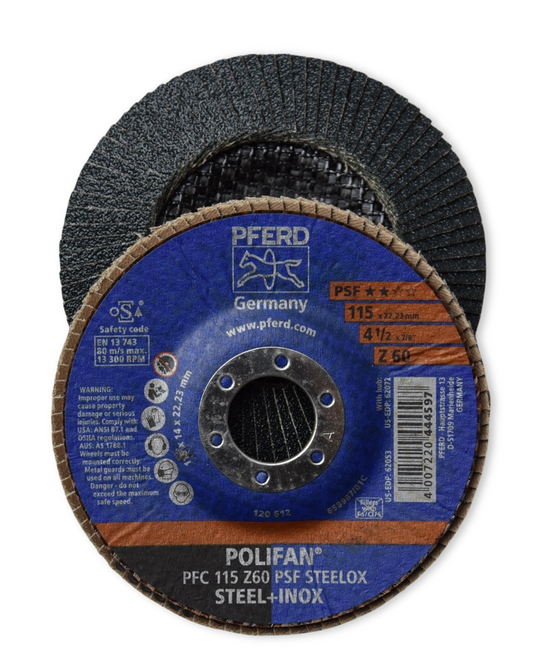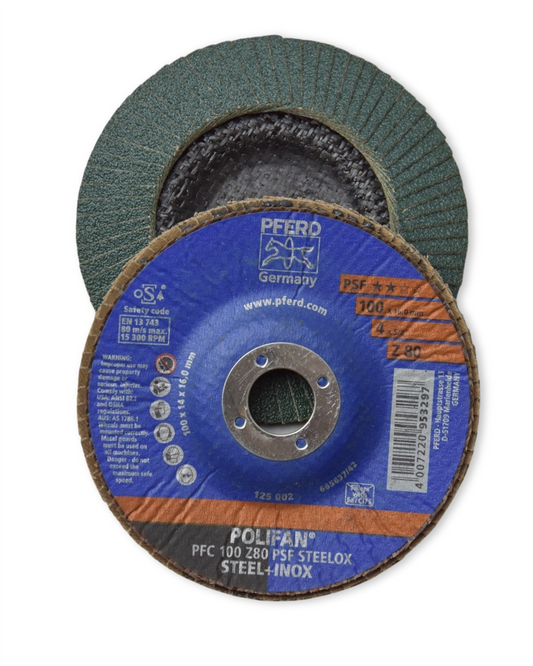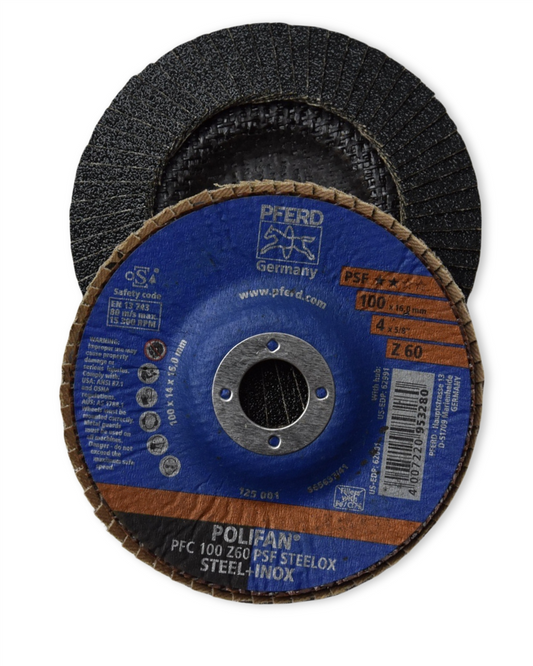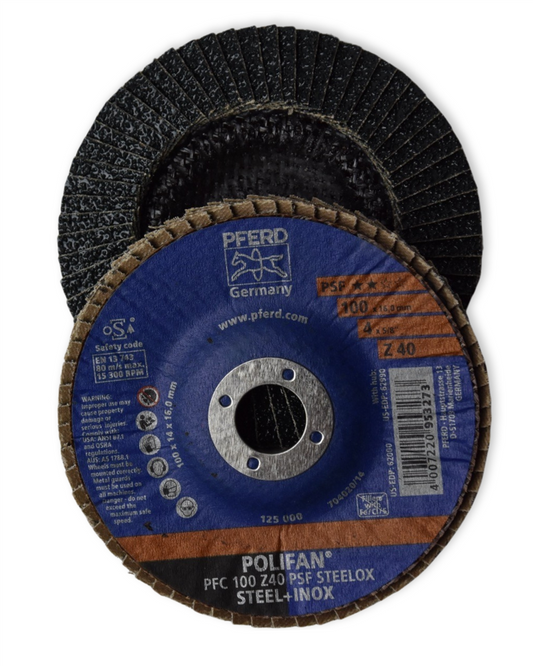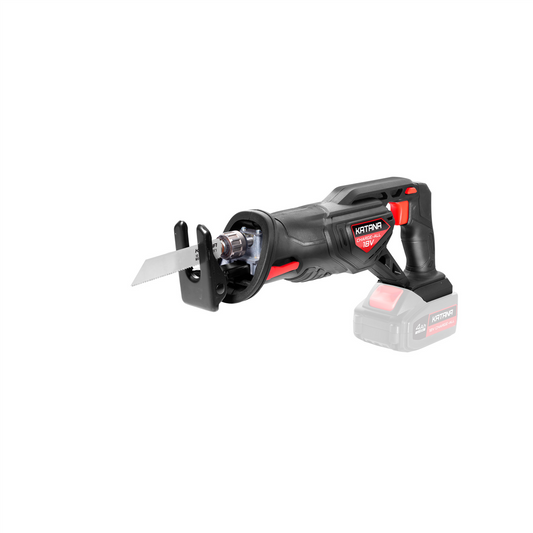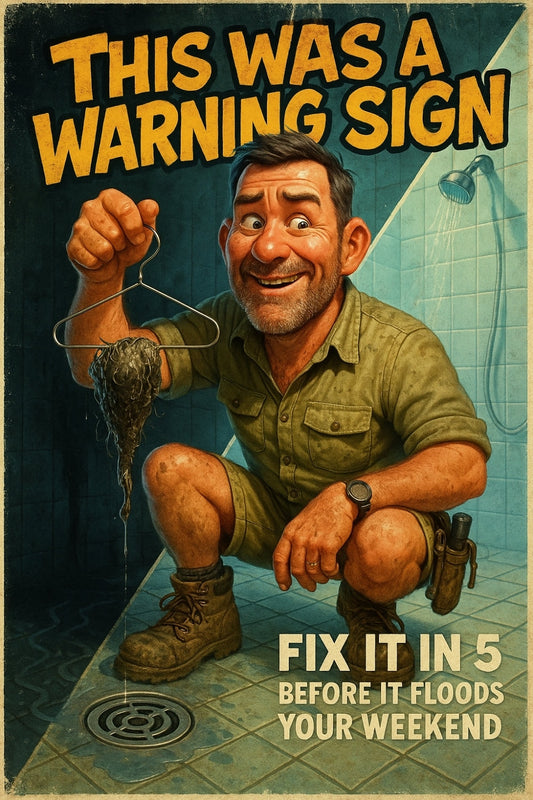How to Use a Utility Knife Safely and Efficiently for Everyday Tasks
Share
Mastering the Utility Knife: Stay Safe, Work Smarter
Ah, the trusty utility knife. A little tool with a big personality. Whether you're cutting carpet, breaking down boxes, or sharpening a carpenter's pencil with precision, this tool is an everyday champion. But like any tool with a sharp edge, a bit of respect goes a long way. Here’s how to use a utility knife safely and efficiently, so your projects go smoothly – and your fingers stay intact!
Choosing the Right Utility Knife
Not all utility knives are the same. Some retract, some fold, and others have fixed blades built for heavy-duty work. Before grabbing any old box cutter, ask yourself:
- Am I cutting something tough like drywall or something delicate like craft paper?
- Do I need a replaceable blade, or will a snap-off blade be more practical?
- Will an ergonomic grip help me handle long projects comfortably?
For general household use, a retractable blade with a sturdy grip is a solid choice. If you've got a specific job in mind, drop by Strathalbyn H Hardware, and we’ll help you pick the best one for the task.
Safe Handling: Keep Those Fingers Happy
A utility knife doesn’t ask for much – just a steady hand and a bit of common sense. Follow these tips to keep your cutting sessions safe:
- Use the right blade for the job. Forcing a dull knife through thick material is risky and can lead to slips.
- Always cut away from your body. That means no pulling the knife towards you, no matter how tempting it is “just this once.”
- Keep your fingers away from the cutting path. Tuck them aside, especially when making precision cuts.
- Use a steady surface. Cutting on a wobbly surface is an accident waiting to happen. If the material can slip, secure it first.
- Retract when not in use. A blade left exposed can easily snag on something you're not expecting.
Cutting Like a Pro: Efficiency Tips
Using a utility knife isn’t just about safety – it’s about working smarter. Here’s how to get the most out of your blade:
- Sharp blades are your friend. A dull blade forces you to push harder, increasing the risk of slipping. Swap out old blades regularly.
- Use light pressure. Let the blade do the work! Too much force can make cuts jagged and unpredictable.
- Score before cutting deep. A gentle first pass helps guide the knife and keeps cuts cleaner.
- Store properly. A loose utility knife in a toolbox or drawer means trouble. Use the blade-lock feature or a dedicated case.
When Should You Replace the Blade?
It's easy to ignore an aging blade. But a dull utility knife is like that one blunt kitchen knife everyone avoids – ineffective and slightly dangerous. Here’s when to swap it out:
- It drags instead of slicing cleanly.
- You're applying more pressure than usual.
- Edges of your material have rough, torn lines instead of a crisp cut.
Replacement blades are cheap and easy to change – don’t wait until your knife gives you grief before switching it up.
Final Thoughts
A utility knife is one of those must-have tools that makes life easier, whether you’re a weekend DIYer or just tackling those never-ending cardboard boxes. Handle it with care, keep it sharp, and work smart. Need a quality utility knife or replacement blades? Stop by Strathalbyn H Hardware – we’d love to help you kit out your toolbox.
Happy cutting!
Candeece

Stay Connected
Follow our Facebook Page: Strathalbyn H Hardware on Facebook

